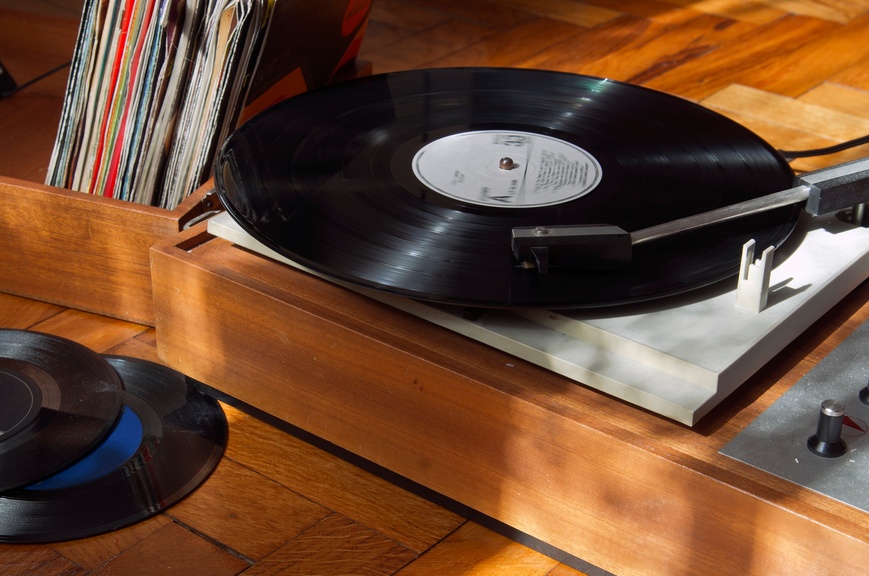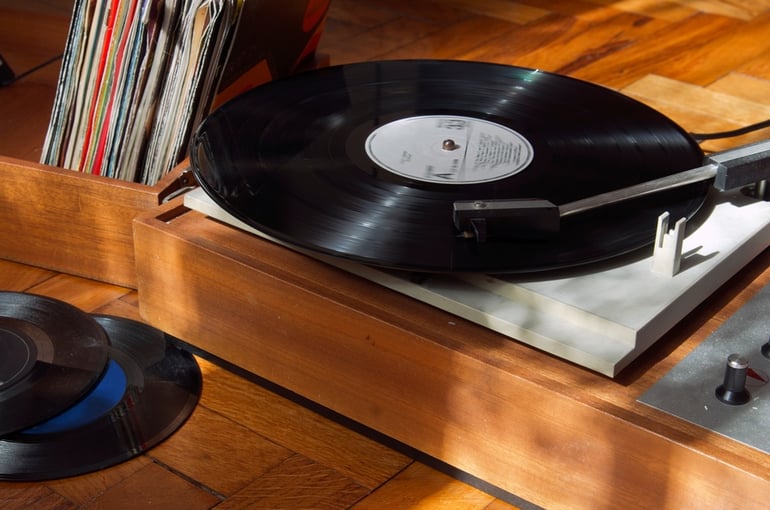In the Mix - Why the Best Content Strategies Now Include Music

No question that it’s an interesting time to be a marketer. We need to be equal parts data scientist, lead generator, social media maven, designer, media relations specialist, and customer acquirer. It’s no wonder, then, that I hear a common refrain from other marketers - "Wait, now I have to be a DJ too? My brand isn’t a music brand, why should I think about music as part of my content strategy?” I get it, I do. Since I’m obviously passionate about this subject, I wanted to step back and address it holistically.
Music has long been core to traditional advertising, as it helps create connections to an ad, whether it’s via the artist, the lyrics, or the mood created. This holds true for every type of advertiser, not just those that have an obvious connection to music. The same goes for music as part of the content marketing mix. Music creates real connections, and the engagement metrics for music content versus other brand content are always higher. So, why should every brand be thinking about music as part of the mix? Two reasons: every brand wants to connect with young adults (I’ll skip the M word) and music drives quantifiable results.
MUSIC IS INCREDIBLY IMPORTANT TO YOUNG ADULTS
(and everyone is trying to reach young adults today)
Young adults (18-34), no matter what generational label we apply to them, are inherently tuned in to music. That phase in life is about defining who you are, building your friend community, learning and growing (and partying). And the current crop of young adults (fine, Millennials) is a group of heavy music consumers thanks to the convenience of streaming and smartphones. A recent survey conducted by the Entertainment Retail Association found that Millennials are listening to 75% more music than Boomers on any given day.
But it’s not just about consumption volume: the perceptions around artists that associate with brands have changed over time, too. In fact, 64% of young adults say there is no such thing as selling out, according to Spotify. As long as an artist/brand connection is viewed as authentic, Millennials see the association in a positive light. They want music to be free but also want artists to get paid, and they understand that brands can help bridge that gap. Add to all this the fact that 8 in 10 young adults say the most effective way to connect with them is through festivals or concerts, and you’ve got a solid case for leveraging music across all your touchpoints.
MUSIC DRIVES QUANTIFIABLE RESULTS
Here at Feed.fm, we talk a lot about the impact music has in retailers’ digital environments, as the data shows a consistently strong correlation. Similar results play out across multiple verticals, though. From fitness to hospitality to CPG, we routinely see session times and return visit rates 2X higher when customers listen to music in a branded environment. One of the drivers for session time is inherent to the medium – a well-crafted music mix encourages the customer to stay connected and engaged for multiple songs.
But it's not just about a single session - we see up to 100% increases in Day 30 retention when customers engage with radio in our partner’s apps. So, the affinity that is created by sharing pure value-added content goes way beyond just the current session and builds long-term loyalty.
Incorporating music in a consistent way across channels is critical for brands of all shapes and sizes moving forward. No need to go out and buy a set of turntables, though. As you’re building out your content channels, just think about the one type of content that drives the most powerful emotional reactions, especially for those coveted young adults – music.


 3 min
3 min